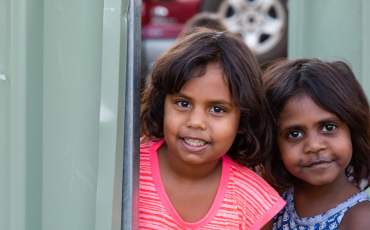Safeguarding Children: A child rights impact assessment tool

Overview
The Child Rights Impact Assessment (CRIA) tool, developed by the Australian Human Rights Commission with support from UNICEF, will help governments and service providers assess how children's rights and wellbeing will be affected by new laws and policies.
The tool is an 18-question checklist which can be used to measure the impact of any new laws or policies on the wellbeing of Australian children and families, and to determine whether the proposed laws and policies support their best interests. The report outlines the importance of using human rights principles in legislative and policy development, and includes a case study which applies the tool to the decision-making processes used when closing early childhood education and care (ECEC) centres and school during the COVID-19 pandemic.
The use of CRIA tools has been endorsed by the United Nations Committee on the Rights of the Child (the CRC Committee) since 2003, but this will be the first time Australia has a national Child Rights Impact Assessment tool. This CRIA is sufficiently flexible to apply across all Australian jurisdictions and in all circumstances affecting children and young people, including emergency situations.
Commissioner Anne Hollonds is urging government and service providers to implement the new national toolkit.
Case study: How did the closure of early childhood and care centres (ECEC) and school affect children during the pandemic?
In Australia, the COVID-19 pandemic led to ECEC centres and schools being closed intermittently between 2020 and 2022. The closure of ECEC and schools presented an opportunity to explore how the CRIA tool could be applied in the Australian legislative and policy context.
The aim of applying the CRIA tool to ECEC and school closures was not to review or evaluate the decisions made in the various jurisdictions, but to assess the usefulness of the CRIA process.
Read the case study on page 42 of the report:
Why do we need a Child Rights Impact Assessment tool?
Australia’s National Children’s Rights Commissioner Anne Hollonds says:
This tool provides human rights-based principles to guide decisions about laws and policies affecting children and young people, who are typically ‘invisible’ and not heard. This will be helpful across all policy areas, including youth justice and child protection, which are failing to properly support children and young people.
It is my hope that Safeguarding Children – Australia’s Child Rights Impact Assessment tool is widely applied and continually improved as we learn how to build good policy, legislation and service systems with child wellbeing as our national priority.



